
Allston Brighton Community Development Corporation (CDC), a nonprofit, mission-driven, affordable housing owner in Boston, has emerged as an early champion of building decarbonization, driven by its mission to “build a stronger, more stable community” through the implementation of deep energy retrofits (DER). On top of their base project funding sources, they are expecting $8 million in local and federal support. Allston Brighton CDC is poised to cut energy consumption by an impressive average of 55 percent across 103 residential units in Boston. What’s more, its team members have generously shared their insights with us, offering a helpful guide for similar building owners and projects on how to go after various funding sources for retrofit success.
What is a deep energy retrofit (DER)?
DERs are not your standard building renovation: these projects aim to eliminate on-site fossil fuel combustion and significantly reduce on-site energy use through all-electric mechanical systems, high performance envelope interventions, and on-site solar when feasible. According to a forthcoming report by the Advanced Building Construction Collaborative, an estimated 75 million housing units across the United States are expected to need whole-building retrofits to meet climate goals. On a national level, DERs offer a solution to slashing emissions across the existing building stock. And for residents and owners alike, clean upgrades—from electrified appliances and heating to better insulation—offer not only dramatic energy and carbon savings but also valuable non-energy benefits, including better thermal comfort, a healthier environment for residents, and less pollution overall.
Despite the many benefits these projects bring, retrofitting remains complex and costly. The predevelopment phase can be a particular challenge when owners must assemble project teams, conduct feasibility studies, and navigate eligibility criteria and extensive application processes for funding. Allston Brighton CDC’s story of simultaneously undertaking deep energy retrofits at three different properties drives home the idea that, with the right guidance, support, and proactive planning, building owners can enhance their assets, improve tenant well-being, and reduce their carbon footprint.
So, how is Allston Brighton CDC doing it?
Momentum for building retrofits is creating opportunities for change
Massachusetts is establishing itself as a prominent national leader in building decarbonization policies, regulations, and initiatives. The state boasts a range of retrofit funding opportunities specifically tailored for affordable multifamily projects like Allston Brighton CDC’s (see list). Newly available funding streams are designed to incentivize decarbonization and ease the alignment of Massachusetts’s existing housing stock with emissions targets set by the Massachusetts Clean Energy and Climate Plan and emissions standards set by Boston’s Building Energy Reduction and Disclosure Ordinance (BERDO). To reach these climate targets, many existing buildings will require a pathway to all-electric operation combined with envelope improvements that significantly reduce energy loads. Given that this level of intervention could cost more than traditional rehabs, state, local, and utility-based funding programs offer energy performance targets and the funding to help close the gap. Allston Brighton CDC emphasizes that this targeted funding has been pivotal to making the scope of its projects a realistic option.
Initiating three deep energy retrofits demands a proactive and holistic approach
As a community-focused organization, Allston Brighton CDC is integrating decarbonization into its mission by striving to eliminate reliance on fossil fuels, enhance long-term climate resilience, and improve residents’ living conditions. Rather than focusing on just one building, its journey started by undergoing a comprehensive review of its entire 10-property, 520-unit portfolio.
The process began by conducting Capital Needs Assessments (CNAs) while closely working with Allston Brighton CDC’s highly experienced property management firm, Maloney Properties, to gain a better understanding of the scope and severity of work needed at each property. Allston Brighton CDC also reviewed the financials at each property to determine which ones could be refinanced, including properties nearing the end of their 15-year Low-Income Housing Tax Credit (LIHTC) compliance period and those with a low first mortgage balance.
From this assessment emerged a starting point. Three properties, representing more than 100 units, were deemed prime candidates: Hano Homes, Brian J. Honan Apartments, and Carol Avenue Apartments. Unique conditions at each property motivated considerations to broaden the scope of work to a DER. For example, Hano Homes presented an opportunity for solar installation due to the need for a roof replacement. At Brian J. Honan, a failing exterior façade inspired discussions on improving envelope thermal performance, resilience, and air-sealing. Upcoming mechanical system replacements at Carol Avenue prompted discussions on the risks of hotter weather and considering the addition of central air conditioning.
With this data, Allston Brighton CDC reached out to RMI’s REALIZE-MA initiative for guidance to understand each project’s suitability for a DER and expected energy and emissions savings that would trigger eligibility of incentive funds. Allston Brighton CDC joined REALIZE-MA and LISC’s 1000 Apartment Challenge for consultation on decarbonization pathways and connections to a broader knowledge-sharing network. Through this partnership, they found a sustainability consultant to conduct feasibility studies and pulled together project teams that initiated the careful planning process with a staggered schedule, enabling them to juggle the three projects in concert. While the technical DER approach varied at each property (see case studies below), these projects underscore the importance of pursuing decarbonization and incorporating innovative construction methods to become leading examples for similar building typologies in cold climates.
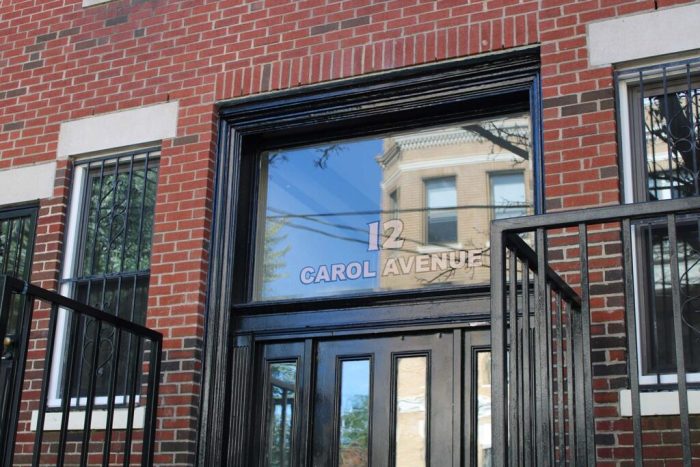
Thanks to Allston Brighton CDC’s unwavering commitment, persistence, and due diligence, the DER project at Carol Avenue Apartments is now underway, with the other two properties set to follow within the next year. These achievements anticipate using a diverse stack of traditional and non-traditional funding sources, including potential incentive grant funding from the City of Boston Mayor’s Office of Housing (MOH), the Massachusetts Department of Energy Resources (MA DOER), the Climate Ready Housing Program, and the Low-Income Energy Affordability Network (LEAN) Multifamily DER Pathway which recognize the high-performance outcomes expected from of these retrofits.
A Call to Action for Building Owners: Scaling the Market
Deep energy retrofits are significant investments that serve not just the longevity of building infrastructure, but the well-being of tenants and health of our environment. Allston Brighton CDC continues to demonstrate the urgency of these projects through the rate at which it is moving forward with retrofitting its portfolio, but more building owners need to follow to push the needle of progress.
The more building owners that engage in these discussions and undergo these renovations, the more streamlined this process will become. The benefits extend beyond a single building. A viable pipeline of retrofit projects will build market capacity and enable the scaling of many more retrofits with replicable, and potentially lower-cost designs, technologies, and methods. Additionally, while some current decarbonization funding sources are finite, a robust market will demonstrate demand and may prompt more future funding availability.
Weekly Newsletter
Get building science and energy efficiency advice, plus special offers, in your inbox.




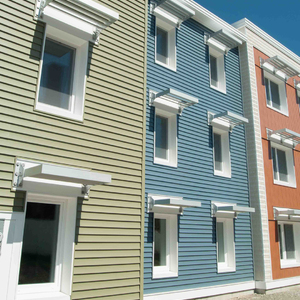
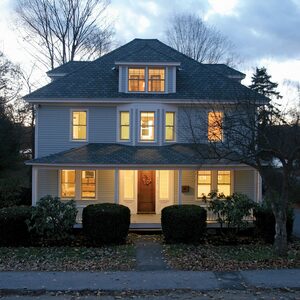
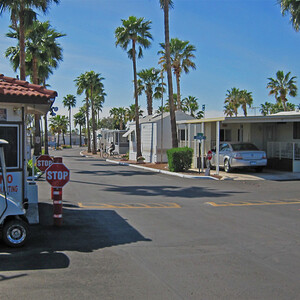
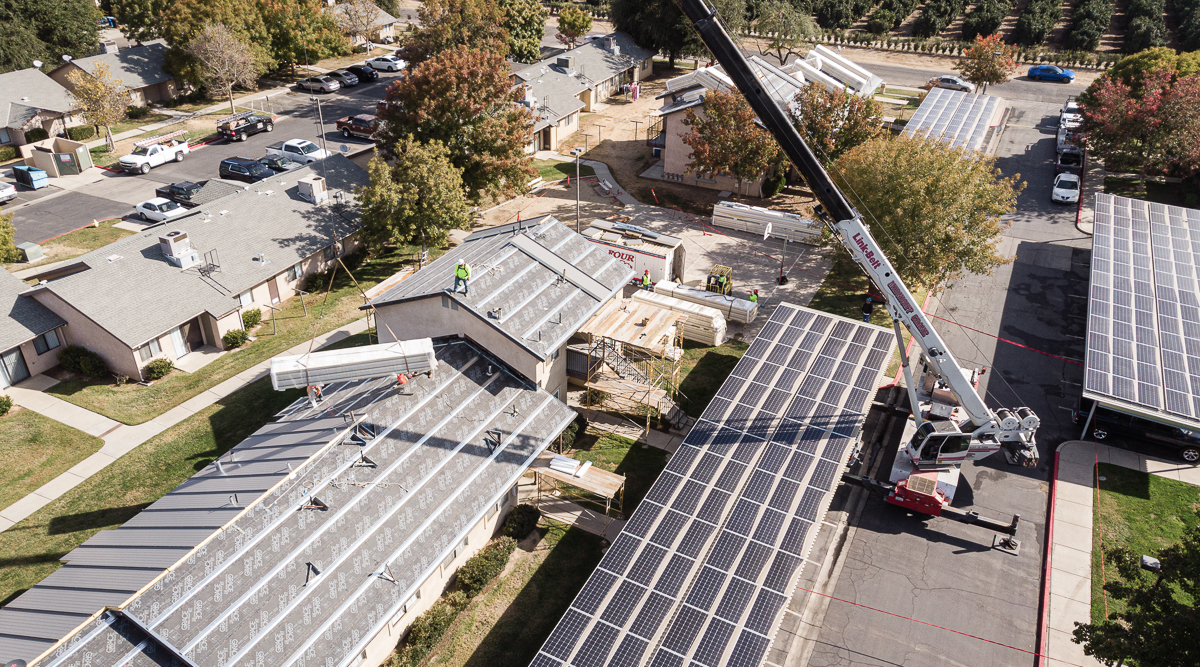






One Comment
It's unclear what strategy was employed for insulating between the floor joists at Carol Avenue Apartments, but I assume it's adding rockwool interior insulation, like the upper wall section shows. Wouldn't this pose a risk for the floor joists to rot? A masonry building from 1910 likely has the joists pocketed into the masonry. It's my understanding that the heat from the building interior is what keeps the masonry dry enough to stop the pocketed wood from rotting. If you add insulation on the interior of the wall the masonry is cut off from this drying force.
Am I missing something here?
Log in or create an account to post a comment.
Sign up Log in